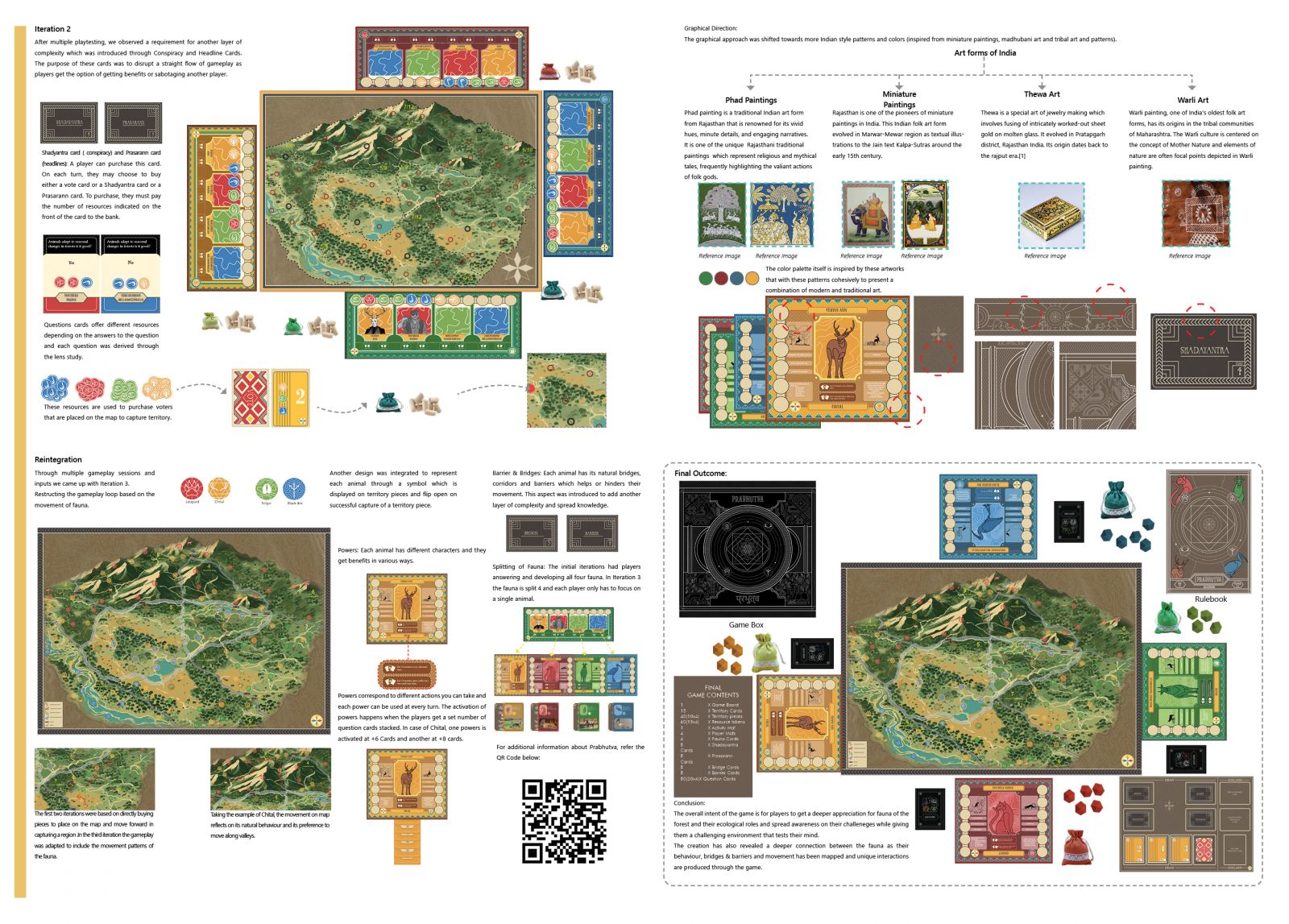Your browser is out-of-date!
For a richer surfing experience on our website, please update your browser. Update my browser now!
For a richer surfing experience on our website, please update your browser. Update my browser now!
The intricate ecosystem of Sita Mata Wildlife Sanctuary exemplifies a delicate balance within nature, evoking a profound sense of awe. Each component of this complex puzzle, be it herbivores, predators, or plant life, plays a vital role in sustaining the environment. The interconnectedness of these species highlights the true beauty inherent in nature’s design. The natural habitat of wildlife serves not only as a physical space but also as a sanctuary for survival. The quests for food, mate selection, and the nurturing of offspring are all intricately linked to the specific environmental conditions present within the forest. Observing how the chital grazes in open grasslands while the Indian leopard stealthily navigates the dense undergrowth for camouflage fosters a deep appreciation for their unique adaptations. The focus is on studying, analyzing, and representing the various behaviors, habits, characteristics, and overall lifestyles of fauna within their habitats. Each animal possesses distinct preferences and adaptations that influence their movements and habitats. This perspective emphasizes understanding how changes in habitat affect wildlife and underscores the critical importance of habitat preservation for maintaining biodiversity.
View Additional Work








